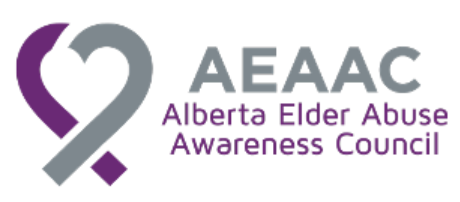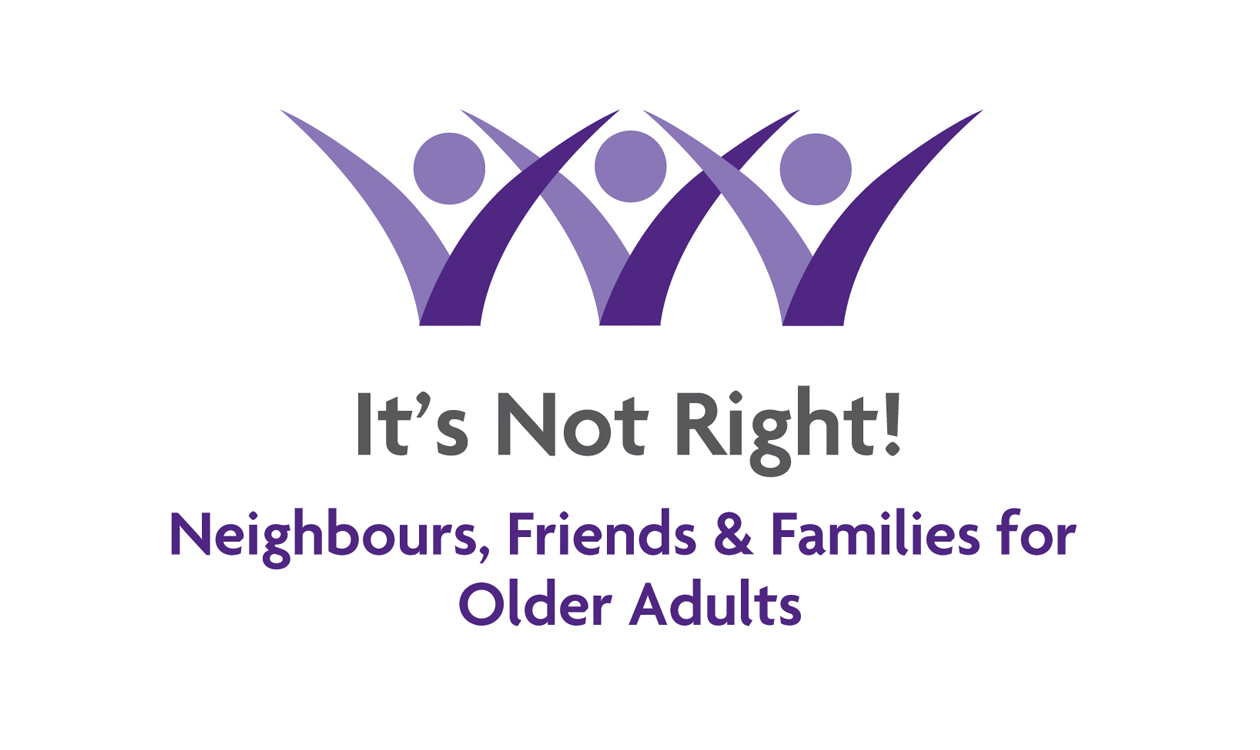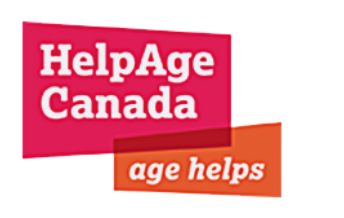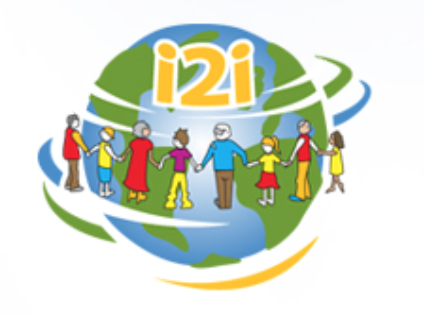- Details
- Published: 23 November 2014
Interview with Janet Wilson, Violence Against Women and Healthy Family Programs, Family Services Toronto
CNPEA: How does the Healthy Families, Safer Families Project peer support model work?
Janet: I’m a big believer in the peer support model because it’s not only about getting support to seniors, but also empowering seniors to give support. Peer seniors who provide support feel as though they have something offer which increases agency, self-efficacy and resilience. Seniors appreciate receiving support from someone who has had a similar lived experience, is from the same culture and who speaks their preferred language. Peer leaders were trained to provide peer support and were given information and resources that would be helpful to a senior experiencing abuse. In addition to peer support, seniors, their families and the community members at large were offered educational workshops on the issue of elder abuse. Each community used peer support in a way that suited their community.
CNPEA: Can you tell us about how you used different strategies to work with different ethno-cultural communities?
Janet: The Spanish speaking community, in Toronto, is very volunteer based, so in this community we trained 40 volunteers who wanted to be peer leaders, and offered honoraria for each day of training in which they participated. 10 of these trainers worked on advocacy issues related to elder abuse and presented at seniors groups in the community. Other peer leaders, who were already involved in volunteering with our partner organization on a seniors support line, were given more education and knowledge about elder abuse, so that when a senior calls they know how to guide them to appropriate services. We also continue to host a movie morning series, where we show a movie that has something to do with seniors and elder abuse. The movies are quite varied and can be romances, comedies or other dramas, as long as they have a scene related to an elder abuse situation. Our peer leaders then use the movie to lead the group of seniors into conversations about elder abuse.
In the Somali community volunteerism is not as prevalent. These seniors come from a war torn country and their priority is often settling and adjusting to life in Canada. As a result, we decided to hire 5-6 peer leaders who were also trained to provide peer support, information and referrals to other seniors. As seniors from ethno-cultural communities are often looking after their grandchildren, many are isolated. Because the Somali community in Toronto is in a specific geographic location, peer leaders were able to identify apartment buildings with a high density of Somali seniors living there. This facilitated connecting with seniors through door to door outreach. The seniors were offered accompaniment to appointments, doctor visits and so on. Through outreach we were able to recruit over 40 Somali senior volunteers. Peer leaders have also facilitated small groups, and have provided one to one support through drop-ins at seniors centres.
CNPEA: In what ways do you connect with isolated seniors? What strategies were most successful?
Janet: Both communities were connected with media, particularly the radio. So, even if a senior is isolated this was one way to connect them with the outside world and us to them. Through a Spanish-speaking radio station, we established a weekly show focusing on seniors’ issues, including the topic of elder abuse. We also managed to speak about the issue on three Somali radio shows.
The Spanish-speaking group created calendars, with elder abuse information and resources on each page. These calendars are in high demand and this year we are sending out 3000 copies. In addition to reaching out via radio and a calendar, we recognized that a lot of seniors would make more of an effort to attend programming that was fun and enjoyable rather than something on elder abuse directly. That’s why we started the movie mornings. They are more appealing for seniors
Outreach with the Somali was largely achieved by going door to door and by creating easily accessed space to hold drop-in programming. Instead of creating a calendar, the Somali community, having a strong oral tradition, decided to write a book of seniors’ stories and poems illustrating their resiliency, which will be shared with the whole community.
CNPEA: Working with two culturally and linguistically unique communities, Somali and Spanish-speaking, have you noticed any similarities in challenges or strengths?
Janet: In addition to what I mentioned earlier with regard to different engagement strategies, the Somali community, like other communities that have experienced war in their homeland their primary focus was on surviving the greater violence of war, rather than what’s happening in their own home. In fact, in the Somali language there is no word for ‘abuse’. Both immigrant communities had similar cultural values, where the family expects them to hand over their income and put it towards a family shared income. The potential for financial abuse is present in both communities. Because the peer support model is a very grassroots model, it appeals to and can be easily applied in most communities—so this approach proved to be extremely effective.
CNPEA: What advice would you give to a project hoping to explore ethno-cultural community engagement?
Janet: Ethno-cultural community work needs to be very flexible. The intrinsic aspects of community engagement are applicable, but have to be adapted to suit each community. Build on the strengths and go with outreach methods that work for them. We worked with these two communities in particular because we had a pre-existing relationship with them and were able to hire people in the community who know the people and the issues well. It is important to be continually thinking of how to develop community capacity by strengthening the capacity of both individuals and organizations within the community.
Over the course of our project, we had three knowledge exchange meetings, bringing together the two distinct communities to share their learnings, challenges and strategies. This was of great interest to both communities, as it supported them to identify their similarities and their differences.

















